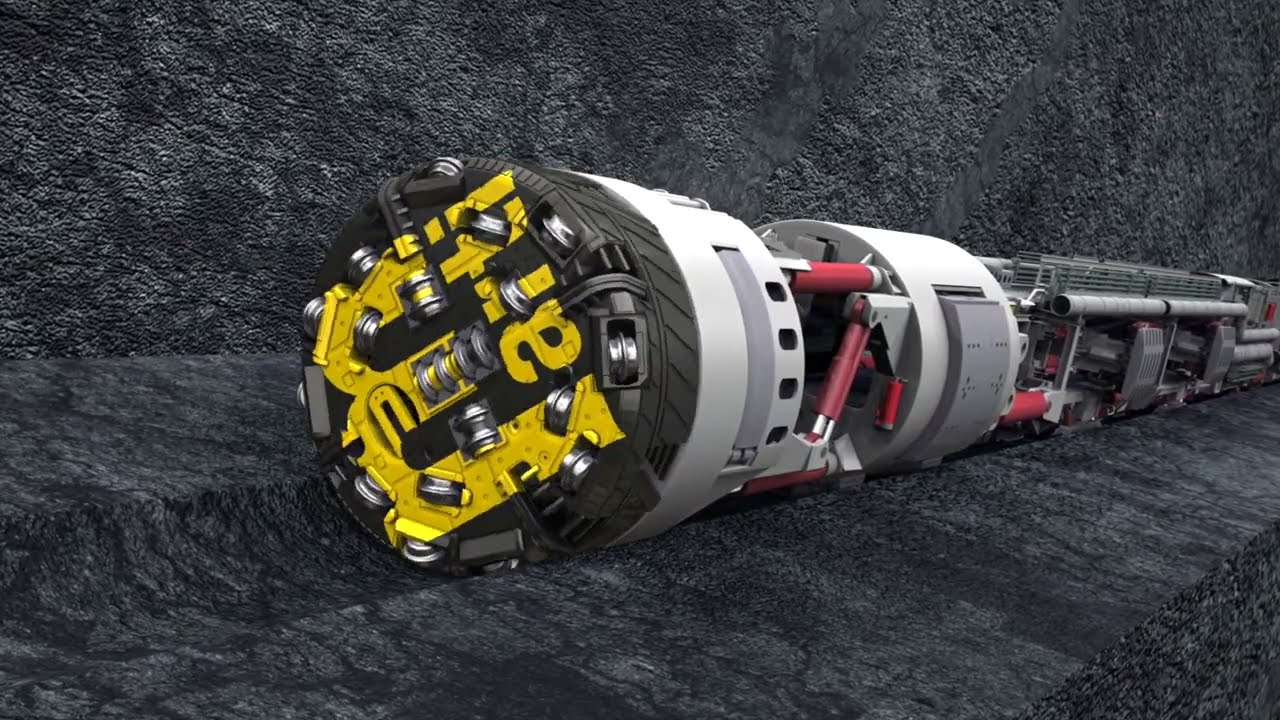Switzerland was a pioneer in pumped storage of electricity, with the first installation in 1907, and is today the world leader in deployment of the technology, with pumped storage accounting for (2017) 32.6% of total electrical generating capacity, far ahead of #2 Austria, with 18.7%. (In the U.S., by comparison, pumped storage is only 2.1% of total generating capacity.)
There are some excellent reasons for this. Electricity generation in Switzerland is dominated by hydroelectric power, accounting for 62% of all power, with nuclear power at 29%. Hydroelectric power is a base load source, able to provide a steady contribution to the grid except for unusual circumstances such as maintenance, mechanical failure, or drought. Electricity load, however, is variable, with greater demand in winter than summer and daily peaks and troughs.
There are two main ways to cope with a fixed supply and variable demand: peak generation plants and energy storage (traditionally, mostly pumped storage, although utility-scale battery technology is entering this market). For Switzerland, pumped storage has the great advantage of not requiring a fuel source, such as the natural gas used by most present-day peaking plants. Switzerland has essentially zero fossil fuel reserves, so all fuel for thermal peaking plants would have to be imported, with the risk of price shocks and supply disruptions (the latter remaining in the consciousness of a population whose children learn in school the consequences of having been entirely surrounded by hostile countries between 1940 and 1945). With a pumped storage plant, once you’ve financed the capital cost and relatively low maintenance, there is zero fuel cost and no worry about supply. Also, a natural gas peaking station requires infrastructure (pipeline, rail, or highway) to supply fuel, and this may be expensive in relatively isolated areas such as Switzerland south of the Alps.
Second, deploying a pumped storage plant requires terrain in which you have substantial elevation differences adjacent to the area in which electrical power is produced and consumed, and is particularly attractive when natural bodies of water exist at high altitude. Well, Switzerland doesn’t have any oil or gas, but what it does have in abundance is mountains, water, and mountain lakes, which means nature has provided most of the engineering prerequisites for pumped storage.
Deploying pumped storage in Kansas or Kazakhstan would be an entirely different matter.
There are thermal peaking stations in Switzerland—for example, a 43 megawatt plant in Cornaux, around 15 minutes’ drive from by house, able to run on either natural gas or heating oil. The plant was installed in 1973 and is able to come on line within 15 minutes. It has on-site oil storage of 27.5 million litres of heating oil, enough to run continuously for three months without supply from the adjacent oil refinery in Cressier, the only crude oil refinery in the country.
